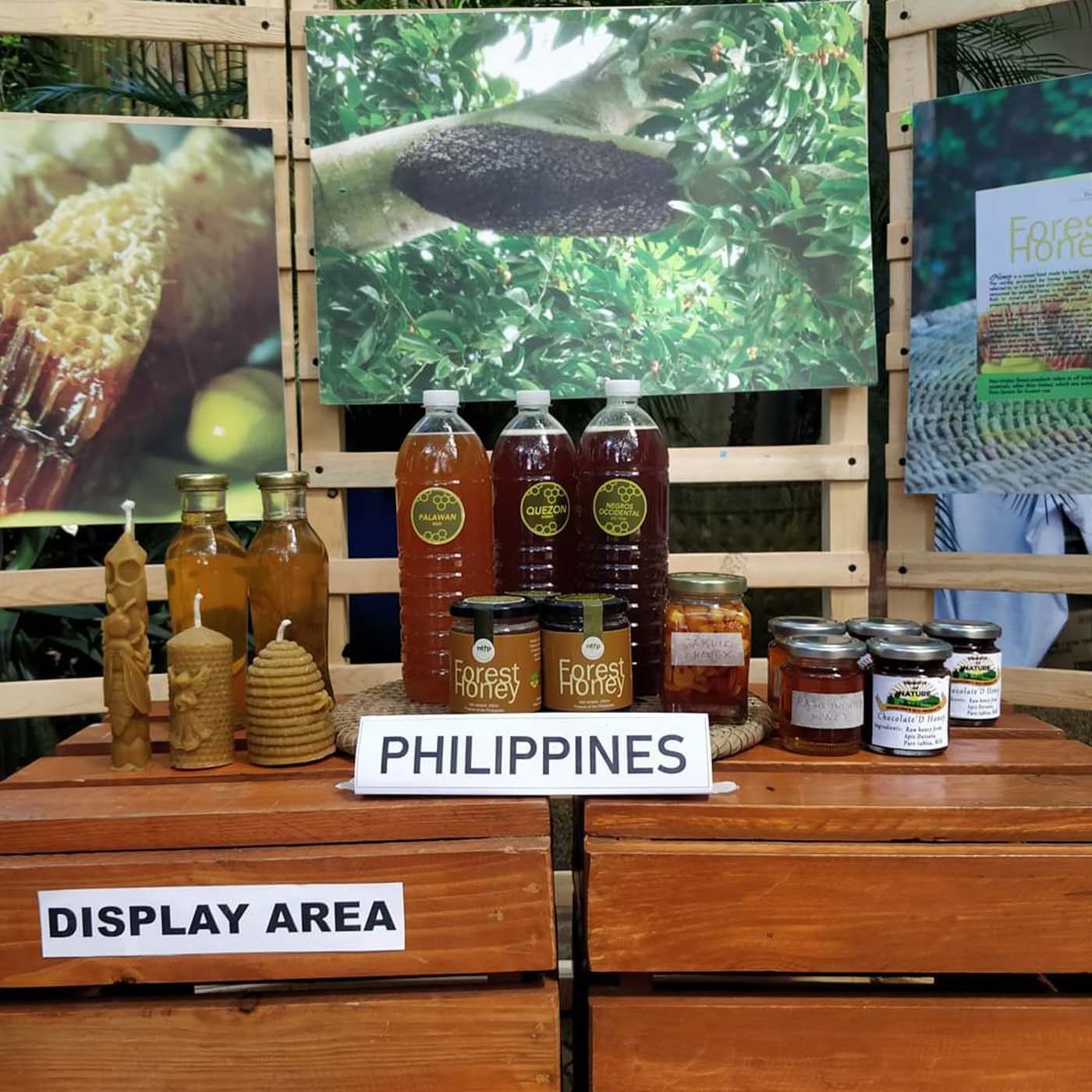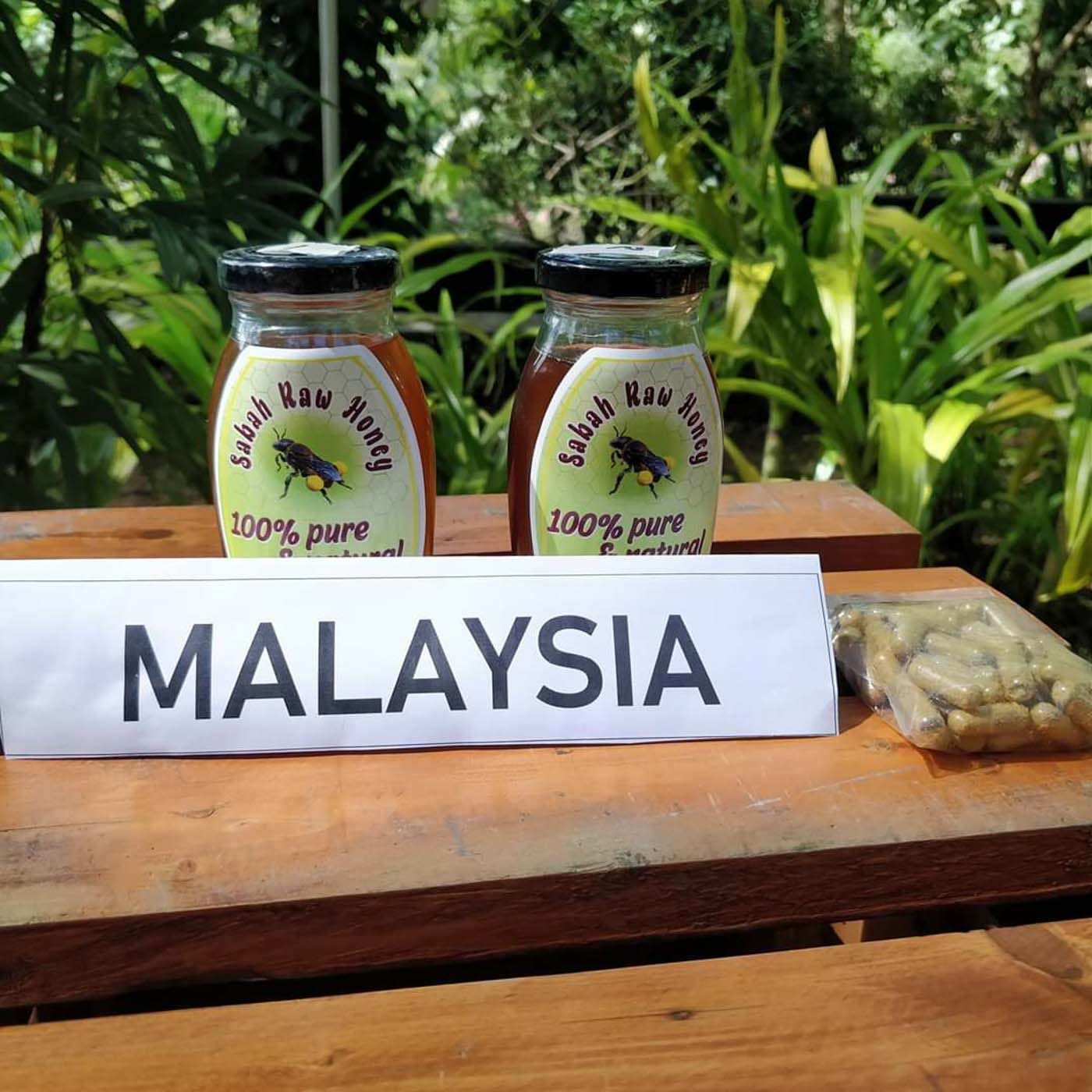SUMMARY
This is AI generated summarization, which may have errors. For context, always refer to the full article.

ALBAY, Philippines – Asian honey has its own niche which are medicinal and therapeutic. But while it is traditionally used in these respects, more scientific data is required to confirm these benefits.
Scientists in the region have been stepping up to build on this knowledge. One is Dr Gan Siew Hua of Monash University in Malaysia.
Her study, “The Characterization of Asian Forest Honey, its unique properties and potential medicinal or health benefits,” showed that “honey and honey bee products have strong antioxidant potential due to their constituents which act synergistically and can be potentially coupled with modern therapy.”
“Honey’s color indicates the presence of pigments such as carotenoids and flavonoids (both strong antioxidants),” the study said.
Among the eight studied Malaysian honeys, “sourwood and longan honeys had the highest colour intensity indicating their high antioxidant potential,” it added.

Vitamin C and minerals
Borneo, rubber tree, and sourwood honeys are rich in vitamin C which may be due to the high presence of ascorbic acid in the tree itself.
Sourwood honey also has the highest mineral contents which may be due to high levels of these minerals (sodium, potassium and magnesium) in its leaves (Oxydendrum arboreum) transferred to the nectar, said Gan.
Low vs high sugar content
Sourwood honeys had low sugar contents (55.33%) while highest (68.4%) in acacia honey which was also the sweetest.
Sourwood and tualang honey, contained among the highest concentrations of phenolics, flavonoids and ascorbic acid, and may be the best source of antioxidants and should be more widely consumed.
Overall, the investigated Malaysian honeys are pure, strong antioxidants with abundant sources of minerals essential for the human diet, growth, and health and are within limit recommended by the International Honey Commission (2002) indicating their good qualities.
Another study Gan co-authored identified for the first time in Malaysian honey six phenolic acids: Benzoic, gallic, syringic, trans-cinnamic, p-coumaric and caffeic acids; and five flavonoids: catechin, kaempferol, naringenin, luteolin and apigenin. Both are strong antioxidants that help prevent cellular damage and promote anti-inflammatory conditions when regularly eaten.
Other bee products
Gan also presented other related research findings and observations during the scientific panel in Madhu Duniya 2019, the biggest gathering of forest honey and bee experts in Asia, which the Philippines hosted in October.
Bee venom could have a role in telomere length maintenance which is linked to longer life expectancy. Hence, the observation that beekeepers tend to live longer. It could also protect against Parkinson’s and Alzheimer’s diseases.
Propolis (bee glue) from stingless bees can improve memory, and has components for anti-cancer, anti-ageing and multiple sclerosis treatment.
Royal jelly can also improve neuronal function and reduce pre-menopausal symptoms for its oestrogenic properties.
Clinical trials involving honey and other bee products are still lacking, however.
Conservation and characterization
Studies on honey characterization is also important for conservation.
According to Non-Timber Forest Products-Exchange Program (NTFP-EP) adviser Nola Andaya, this has a strong link to conservation since honey characteristics are from the bee forages, which in Asia are as diverse as our forest ecosystems are.
NTFP-EP Executive Director Ruth Canlas hoped there would be more studies on this as it guides restoration efforts.
She said it makes us see or ask what plants to grow. Like in Indonesia, a pharmacological study of forest honey in the country showed that of the country’s 63% forest area, 40% have the potential to produce bees.
It also showed that floral nectars have more antioxidant content. This information will help support Indonesia’s further entry to market, according to Dr. Rita Kartikasari, the author of the study.
In India, 20 pollen types were identified as bee foraging species; majority are unifloral and honey flow depends on the climatic condition.

Canlas agreed on the importance of telling these stories when marketing Asian bee products, because “authenticity is one common question from buyers, and such information can be backed by more similar studies.”
This characterization will also help build a strong case study on why the European standards should revisit and broaden its definition to other types of distinct honey, such as those from the many indigenous bee species from Asia.
Transdisciplinary approach
Denise Margaret Matias, whose community-based research led to collaborative mapping of giant honey bee nests using GPS and digital cameras in Palawan, also highlighted the need for transdisciplinary approach in conducting research.
According to her, in this approach, the problem is identified from bottom-up (preferably by indigenous or local communities) where the people produce knowledge together with scientists.
In Matias’ research in Palawan, the Tagbanua tribe articulated the problem and her group conducted the research study on the sustainability of honey harvesting of Apis Dorsata.
The study is significant because it identifies where the nesting areas are, showing proof to the government that these areas need protection.
For Dra. Cleofas Cervancia, who was also a keynote speaker at the forum, Asian honey may not be very popular yet but it has a niche in the international market.
“As long as we can maintain its quality standard, we should have no problem,” she said. – Rappler.com
Get 12% off when you buy honey using this Lazada voucher code.
Add a comment
How does this make you feel?
There are no comments yet. Add your comment to start the conversation.